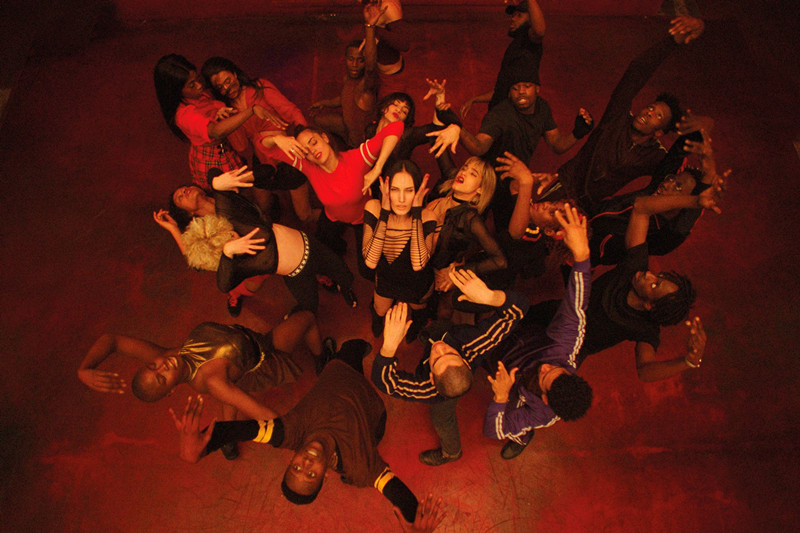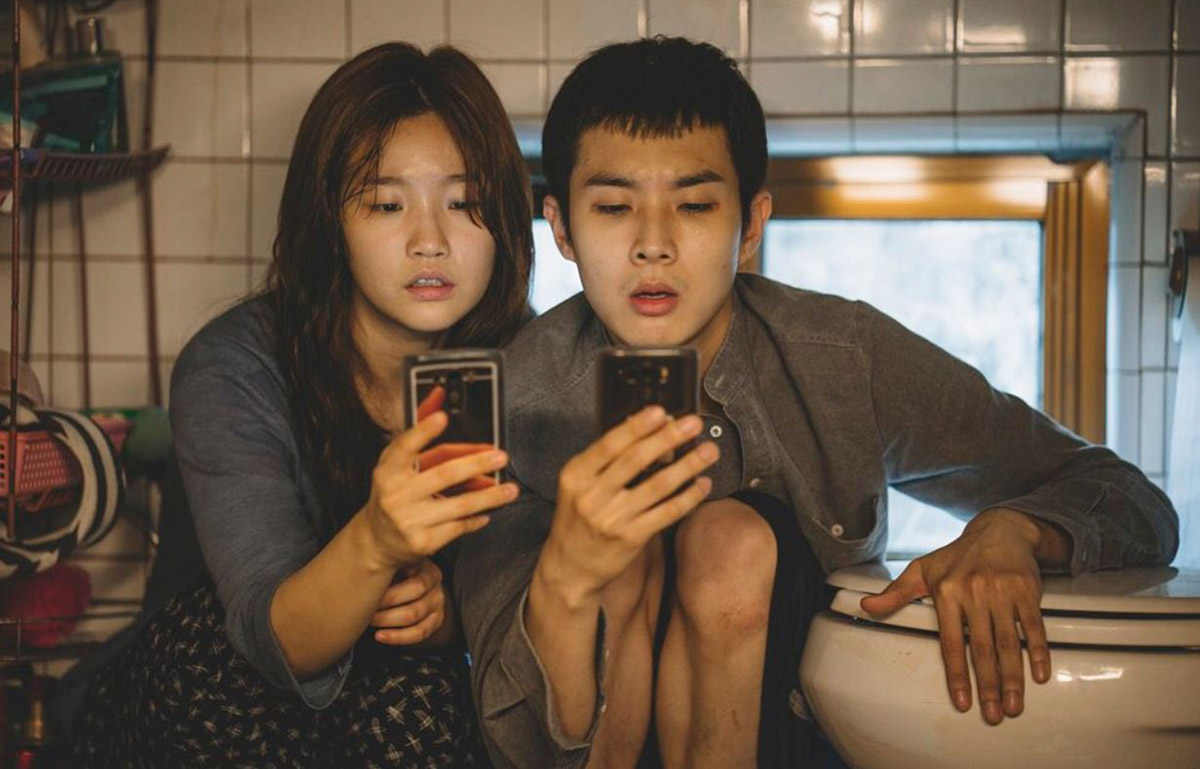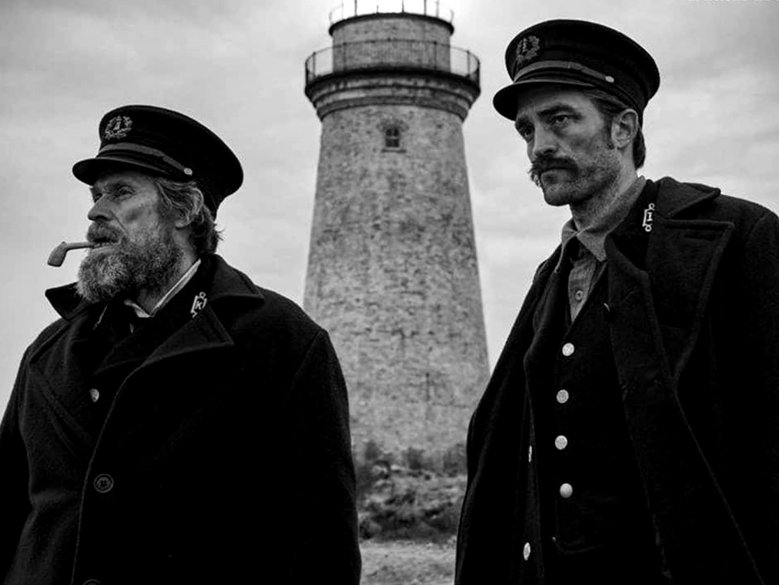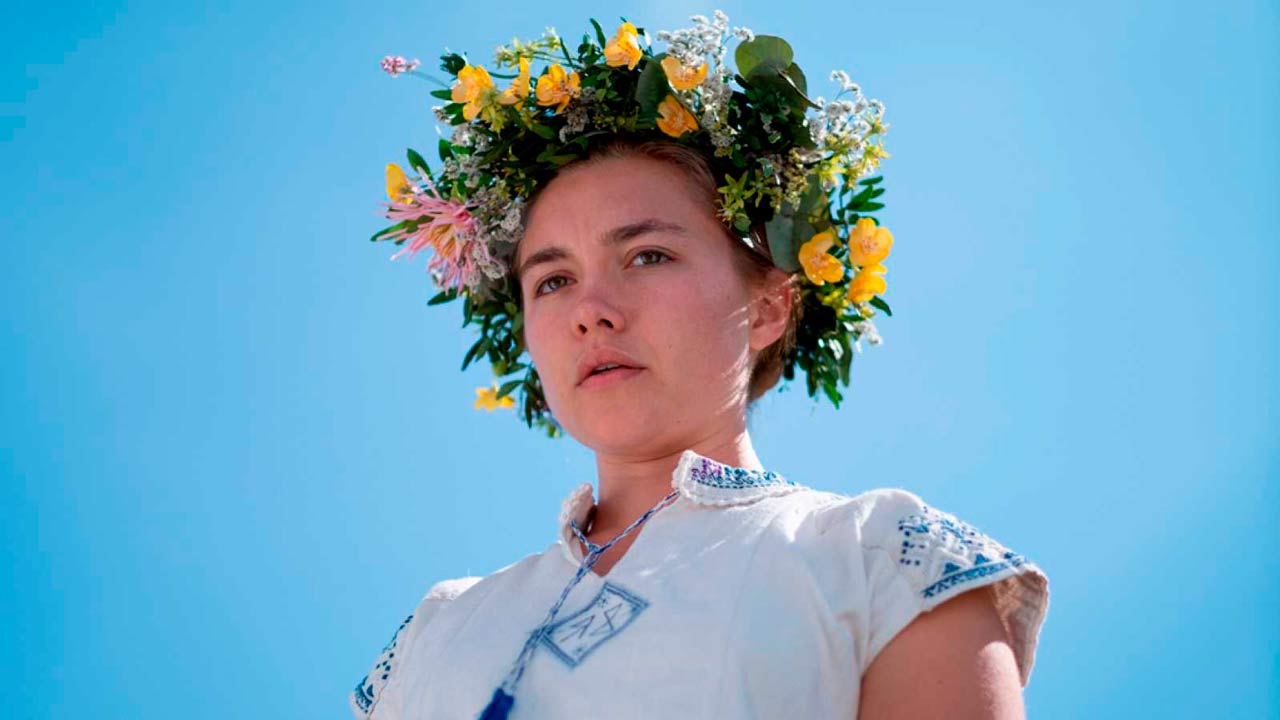5. Climax

If you’ve ever dropped acid into your eyes then you know what Gaspar Noé’s Climax is like. An unforgettable experience yet impossible to describe. Hallucinatory yet lucid at the same time. Terrifying. Seansational.
After rehearsing an elaborate dance routine in preparation for a tour across the U.S., a diverse group of Frenchmen and women celebrate over a bowl of sangria spiked with L.S.D. As the night draws on, tensions escalate into an irreversible trip of violence, dance and death. What began as the pursuit of twenty-one dancers’ dream turns into a nightmare from which they cannot escape. Will anyone walk away unscathed? Or will a punch bowl filled with fruit and red wine be their demise?
Like most of Noé’s movies, Climax is overflowing with drug abuse and sexual promiscuity. Juxtaposing interpretive, freestyle, hip-hop and break dance, Sofia Boutella spearheads the Climax cast with unabashed tenacity. Employing a forty-two minute long take and real professional dancers, Noé’s fifth feature is arguably his most accessible film. Just don’t be surprised if you get a contact high.
4. Parasite

A lower-class family puts on a middle-class mask in a money-making scheme to exploit a wealthy family in Bong Joon-ho’s Parasite. When an unemployed, uneducated South Korean teen gets an opportunity to tutor a rich kid for great pay, Ki-Woo a.k.a. Kevin (Woo-sik Choi) accepts. With help from his sister (So-dam Park), a grade-A forger and art instructor impersonator, and like-minded parents (Kang-ho Song, Jang Hye-jin), also con artists, the four infiltrate the well-to-do Park family’s enviable estate.
Following his first two English-language films Snowpiercer (2013) starring Chris Evans and Okja (2017), a Netflix original movie, Bong Joon-ho returns to foreign film to comment on class systems in South Korea, metaphorically speaking. Parasite would go on to win four Academy Awards, becoming the first foreign-language film in history to ever win an Oscar for Best Picture. By imploring English-speaking audiences to overcome their trepidation of subtitles, Bong Joon-ho has opened our eyes to a wider array of perspectives and ideas. Arguably essential cinema for any serious moviegoer, Parasite is a much see for all classes, creeds, identities and orientations.
3. The Lighthouse

Following his directorial debut with The Witch (2015), Robert Eggers upped the insanity ante with his black and white psychological horror The Lighthouse. Starring Robert Pattinson and Willem Dafoe as Ephraim Winslow and Thomas Wake; temperamental lighthouse keepers who become stranded on an island off the coast of New England. With a foghorn blaring in the background and seagulls circling overhead, the seamen resort to drinking kerosene to bide their time. Ensuing in an emotional roller coaster of Old English dialogue and flatulence, Eggers’ second film is without a doubt on the fast track to becoming a cult classic.
After The Rover (2014), Good Time (2017) and High Life (2019), The Lighthouse is Pattison’s fourth A24 film to date and Dafoe’s second following Sean Baker’s The Florida Project (2017). Kubrickian and claustrophobic, The Lighthouse is homoerotic horror for the ages!
2. Joker

Joaquin Phoenix laughs—and cries—his way to an Academy Award in Todd Phillips Joker. Arthur Fleck (Phoenix), a mentally unstable clown, just wants to make people laugh. Diagnosed with pathological laughter himself, the Fleck struggles to fit in with society. Then, when the funding for his treatment is cut, Arthur’s violent side manifests into a subway murderer with something to say.
Due to its sensitive subject matter, Joker’s controversial take on mental health is hit or miss for most viewers. Nevertheless, box office success and Joaquin’s award-winning acting make Philliips’ film a must-see for dramatic moviegoers. Earning Phoenix his first-ever Oscar, he became the second actor to accept the title of Best Actor as the Gotham City face painter following Heath Ledger who won it posthumously in 2009. Arguably essential cinema, Joker doesn’t ask for our attention, it demands it!
1. Midsommar

Cult classics should not be confused with films that feature cults, however every once in a while the two are one in the same. One of the most notable examples of this double entendre is Stanley Kubrick’s final film Eyes Wide Shut which he finished just one week before his death in 1999. More recently, Midsommar (Ari Aster’s second film following Hereditary in 2018) showcases a Swedish cult and a rocky relationship.
Devastated by the death of her sister and parents, Dani (Florence Pugh) takes a trip to a Scandanavian commune with her estranged boyfriend (Jack Reynor) for a nine day festival celebrating the summer solstice. Welcomed with open arms and magic mushrooms, ulterior motives are shrouded in the Swedes’ hospitality. With prehistoric beliefs rooted in seasonal life cycles and an invalid oracle, Midsommar is one of the brightest horror films in history. Featuring assisted senicide and a sex scene reminiscent of Stephen King’s Children of the Corn, Ari Aster has earned instant admission into the cult classic hall of fame. Skoal!